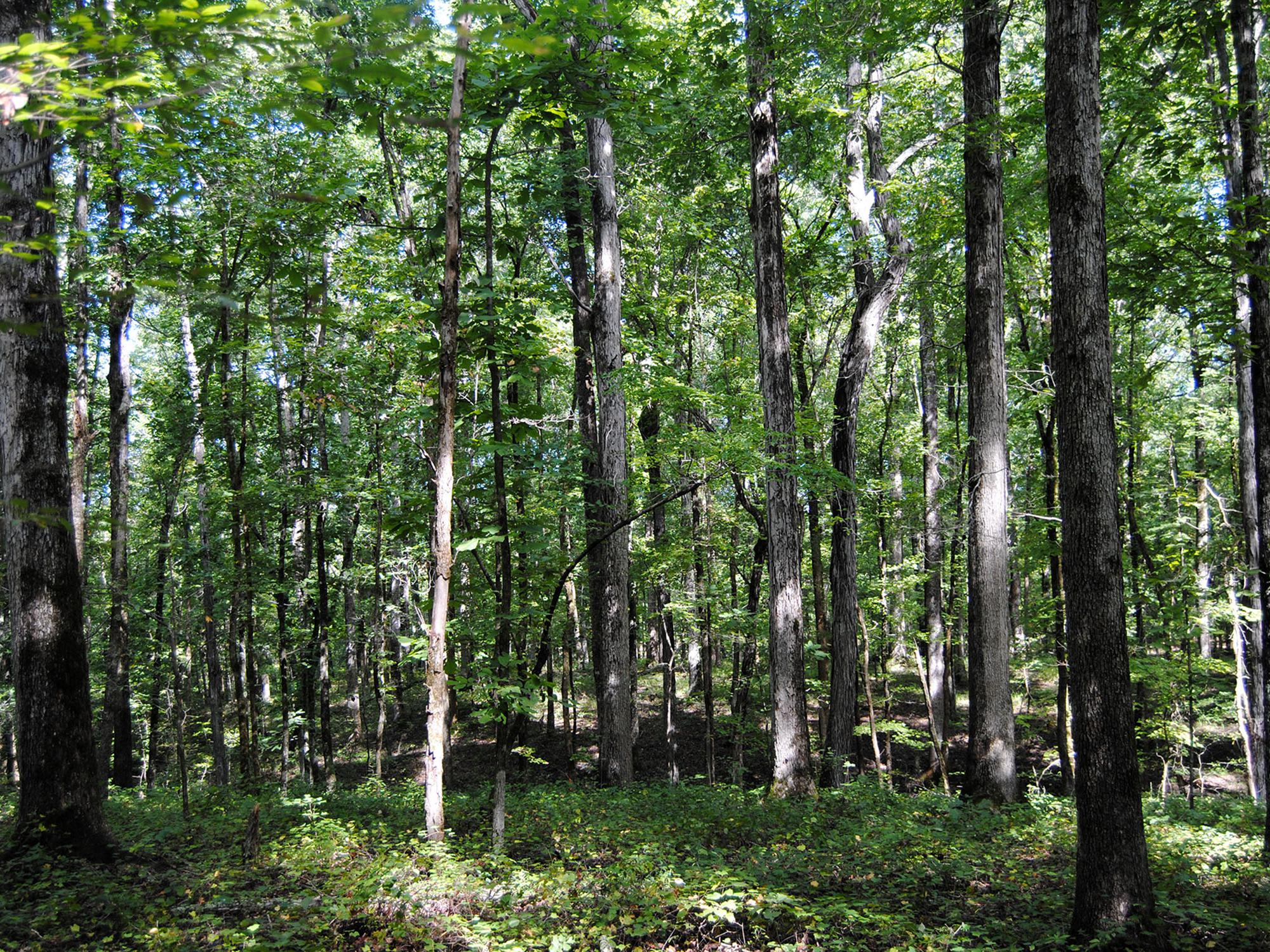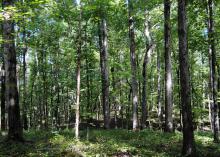Information Possibly Outdated
The information presented on this page was originally released on May 31, 2019. It may not be outdated, but please search our site for more current information. If you plan to quote or reference this information in a publication, please check with the Extension specialist or author before proceeding.
Manage hardwoods, pines with differences in mind
STARKVILLE, Miss. -- There are major differences between hardwood management and pine management, but they have one goal in common: Landowner objectives should drive the course of action.
Guidelines describe how and when to conduct management procedures for specific objectives, allowing landowners to be more proactive than reactive. Foresight is especially important with hardwoods, which have such a long lifespan. Thorough management plans enable landowners to accomplish their objectives and quickly adjust if needed. Generally, Mississippi landowners look at their pine forests as a revenue stream, while their hardwood forests are tied to the family and passed on from generation to generation.
Landowners face three major management differences between hardwoods and pines. First, there is the number of species and the different values of the hardwood species. We mostly think of one or two species with pine. When considering pine plantations across the state, this number can be narrowed down to a single species: loblolly pine.
In most instances, hardwood stands consist of numerous species. Walk into any natural hardwood stand and you can find 10 or more species with a wide variety of values. Some, like white oak, are extremely important and desirable for timber and wildlife habitat. While sweetgum can be used for many products, it does not offer the same value for either timber or wildlife.
Many hardwood species, such as elm and boxelder, have very little economic or timber value other than possibly pulpwood. In terms of soil types, hardwoods are much more site specific than pines. For example, some high-quality and highly valued species, such as cherrybark, grow exceptionally well where the site is moist, fertile and very deep. However, cherrybark is not found on saturated soils with lesser fertility. If planted there, the trees will exhibit very poor growth and significant mortality.
The second major management difference is that high-quality hardwoods have a much longer rotation. High-quality hardwood rotation lengths are typically between 80 and 100 years, whereas the rotation length for southern pine is about half that time. In addition, the current rotation length for plantation pine is about 30 years.
Rotation lengths for high-quality hardwoods are based on the time it takes to produce the bottom (or butt section) of the tree, which is the first 16 to 18 feet. Hopefully, that portion will be free of defects such as limb scars, epicormics branching, bark distortions and rot. The butt section will be the largest in diameter, thus the most valuable.
The third major management difference is that we can take advantage of research and development that has taken place over the last 50 years in pine plantation culture. We have learned much about site preparation, herbicide use, and genetically improved seedlings, and we have achieved a greater understanding of stand dynamics.
Unfortunately, with those highly valued hardwood species, the research has not progressed as much. Natural stand management has favored higher-valued hardwood species. Proper hardwood management entails our ability to assess the stands and favor trees based on objectives in the plan.
These three factors provide only a small subset of information needed to manage pine and hardwood stands. However, they should give you insights into the basic differences between pine and hardwood management.

Editor’s Note: Extension Outdoors is a column authored by several different experts in the Mississippi State University Extension Service.



